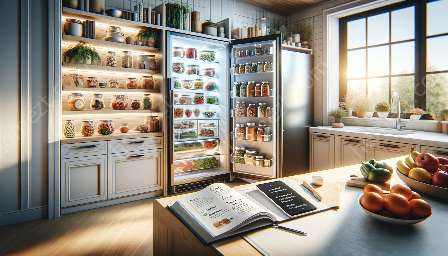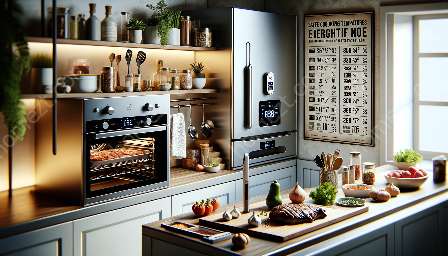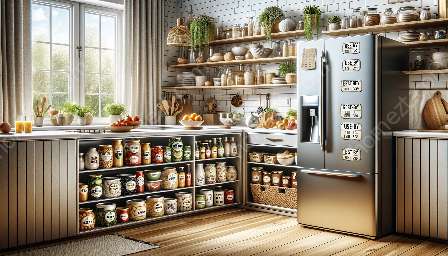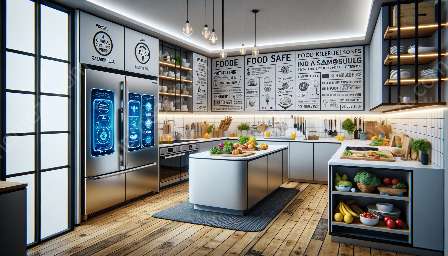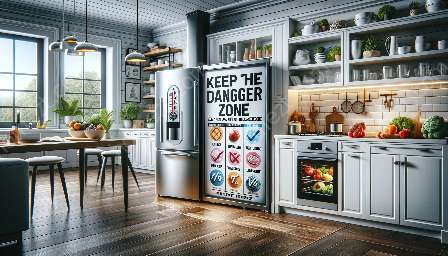In the context of food safety in home kitchens and overall home security, it's essential to be aware of the risks associated with Campylobacter in poultry and to understand effective control measures to mitigate these risks. Campylobacter is one of the leading causes of foodborne illnesses globally, and poultry is a common source of this pathogen. In this discussion, we will explore the dangers posed by Campylobacter in poultry, the potential implications for home safety, and practical methods for minimizing exposure and ensuring a healthy living environment.
Risks Associated with Campylobacter in Poultry
Campylobacter is a type of bacteria that can be present in the intestinal tracts of poultry, such as chickens and turkeys. When the meat is not handled or cooked properly, these bacteria can contaminate surfaces and other foods in the kitchen, leading to potential health risks for individuals consuming the contaminated products.
Consuming poultry contaminated with Campylobacter can result in symptoms ranging from mild gastrointestinal discomfort to severe illness, including diarrhea, vomiting, abdominal pain, and fever. In some cases, particularly in vulnerable populations such as children, the elderly, and individuals with weakened immune systems, the infection can lead to serious health complications.
Control Measures to Minimize Risks
Effective control of Campylobacter in poultry in home kitchens requires a multi-faceted approach that encompasses proper food handling, sanitation, and cooking practices. The following are key control measures:
- Source Selection: When purchasing poultry, opt for products from reputable suppliers with stringent food safety measures in place. Ensure the meat is fresh and stored at the appropriate temperature to minimize bacterial growth.
- Separation and Cross-Contamination Prevention: Keep raw poultry separate from other foods, especially those that will be consumed without further cooking, such as salads or fruits. Use separate cutting boards, utensils, and containers for raw poultry to prevent cross-contamination.
- Proper Cleaning and Sanitization: Thoroughly clean surfaces, utensils, and equipment that come into contact with raw poultry. Use hot, soapy water to remove any potential bacteria and sanitize surfaces with an approved disinfectant.
- Cooking to Safe Temperatures: Ensure that poultry is cooked to the recommended safe internal temperature, typically 165°F (74°C). The use of a food thermometer is highly recommended to verify the proper cooking temperature.
- Storage and Refrigeration: Promptly refrigerate or freeze raw poultry to limit bacterial growth. Follow storage and expiration guidelines to prevent spoilage and contamination.
Integration with Food Safety in Home Kitchens
Understanding and effectively managing the risks associated with Campylobacter in poultry aligns with broader food safety principles in home kitchens. By implementing the control measures outlined above, individuals can contribute to the overall safety and quality of the food prepared and consumed at home. This proactive approach promotes a healthy and secure environment for all household members.
Connection to Home Safety & Security
The management of Campylobacter risks in poultry also intersects with the concept of home safety and security beyond traditional physical safeguards. By minimizing the potential for foodborne illnesses through proper handling and cooking of poultry, individuals can enhance the overall well-being of their household, fostering a secure and supportive living space.
In conclusion, recognizing and addressing the risks and control of Campylobacter in poultry in home kitchens is pivotal for ensuring both food safety and home security. By integrating the recommended control measures and fostering awareness of these issues, individuals can take significant strides toward creating a healthy, risk-mitigated home environment.

